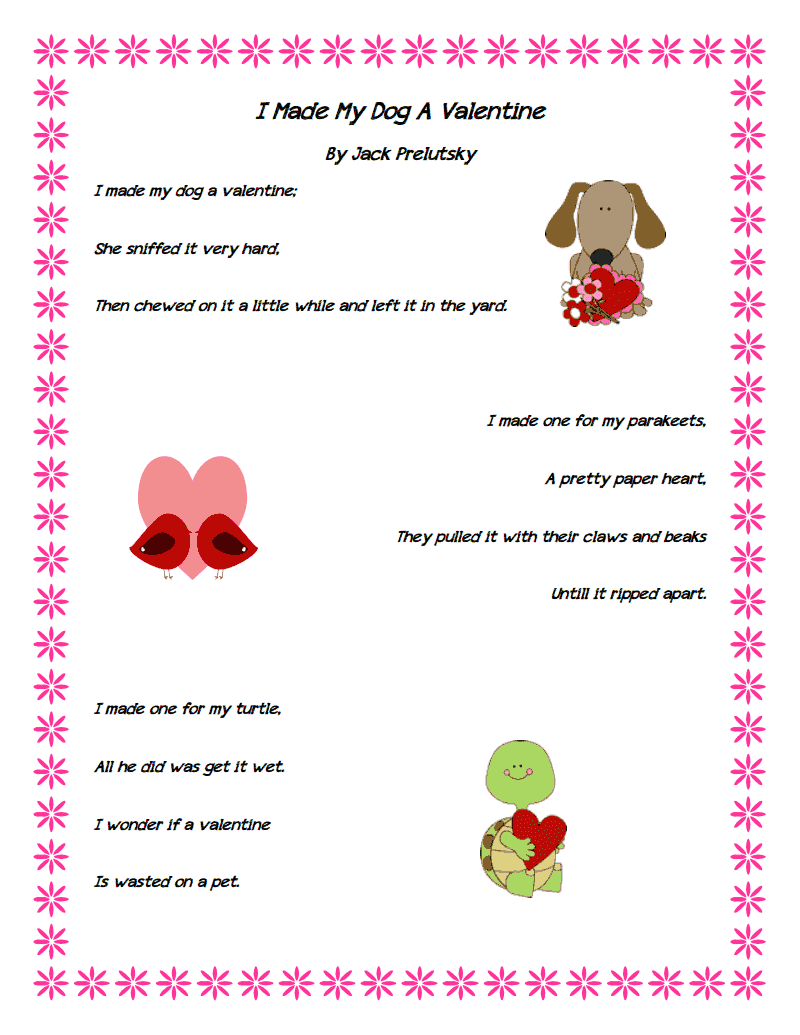Principles for principals -- lessons of leadership
Sue Szachowicz December 9th, 2014
The entire article is found HERE!
1. Change occurs in the school; Central Office supports it. As much as every superintendent or school board would like to wave a wand and mandate sweeping change in every school, improvement impacting student achievement and school culture occurs when faculty and administration in a school come together and relentlessly focus and work together – and it takes time!
2. Figure out what you can and can’t control, and focus on what you CAN control. We are barraged by mandates, directives, laws, policies, budgets and a host of other external forces. But it’s important to remember that we as principals have a lot more control than we think we do. Most importantly, we do have control over our schools’ culture, how we welcome our students and how we instruct them for approximately seven hours a day. No matter what challenges they face in their lives, this is a powerful block of time. We can make a difference for them.
3. It takes a team to implement change. I always ask principals to describe their teams, and it seems that too often these are simply committees, not teams. What is the difference? Teams are focused on a common goal, establish clear agendas, are not afraid of conflict and step up to lead the change process. But teams do not just happen. Principals have to build their team, create an atmosphere of trust and lead them in establishing norms and staying focused on the goals. Teams are about results, not talk.
4. Focus, focus, focus! In my nearly 40 years in education, I lived through far too many initiatives. It seems we are always off onto yet another thing. Principals and their leadership teams must use their data to determine a focus that will improve student achievement, and then stay the course. Sometimes you have to say NO to yet another program. And in determining that focus, it’s important for the principal to think politically and strategically.
5. How you communicate the message matters. Everyone – faculty, students, parents and the community – needs to understand why the school is implementing something. For example, when we decided to implement our Literacy Initiative at Brockton High, we met with our students and explained why Reading, Writing, Speaking and Reasoning would be taught in every class. They understood that we were deemed a failing school, and we knew that this was not the best we could be. We shared how our focus on literacy would help them succeed not only on a state test, but also in their classes, in college and in their lives beyond school. We shared with our faculty how their instruction would be the key to our students’ success, and everyone was trained in how to teach these literacy skills. Furthermore, we shared this literacy approach with our parents, and even developed a school brochure explaining the Literacy Initiative for the community. When everyone understands WHY, they will much more likely support the process.
6. It’s all about instruction. That is the key to school improvement. As Mike Schmoker reminds us in Results Now, instruction is the most important factor in student achievement, or as he says bluntly, “It’s about teaching stupid.” At Brockton High, when we ALL learned how to teach these literacy skills to our students, they learned it better. The improvement in student achievement at Brockton High happened because of the adults; we focused our instruction and it made a difference for our students.
7. What gets monitored is what gets done. Determining whether what we are doing is working is essential to school improvement, and that falls squarely on the shoulders of the principal. Often monitoring is seen in a negative, even punitive light. That is not it at all. Direct observation of student learning, positive reinforcement to the faculty and the students and the establishment of systems in which teachers can compare and discuss student work all support a culture of learning while always monitoring the effectiveness of what we do.
8. Take on the resistance – directly. Change is difficult for everyone, and how the principal deals with resistance to change can directly impact success. In nearly every presentation I make I am asked about getting the buy-in from the faculty and my answer is always the same: real buy-in comes when you get results, and that can take time. So helping faculty understand the impact they will make is key to getting everyone on board. However, in every change effort there will be those who do not support the plan, and in some cases they will even try to subvert the effort. This is where principal leadership is critical. It is an area that I wish I was better prepared for when I stepped into leadership. Structuring and having difficult conversations, and insisting on and supporting the implementation of the school plan takes planning and strategy. These are necessary skills for any principal, and perhaps the most difficult part of the job.
9. Change the culture - celebrate and publicize, marketing your school. One of my colleagues at the International Center for Leadership in Education, Eric Sheninger, refers to this as becoming the school’s storyteller, or marketer-in-chief. Absolutely! Developing a media plan, telling the positive story of the school and getting the message out are critical responsibilities of the principal. Yet again, this is an area where leadership preparation programs are often lacking.
10. And finally, remember to use humor! Despite all the craziness that can swirl around us as principals, there is always something to smile about. Be sure to take time to laugh, to share the stories in the “You just can’t make this up” category and to remember the joy in the work we do as principals!















